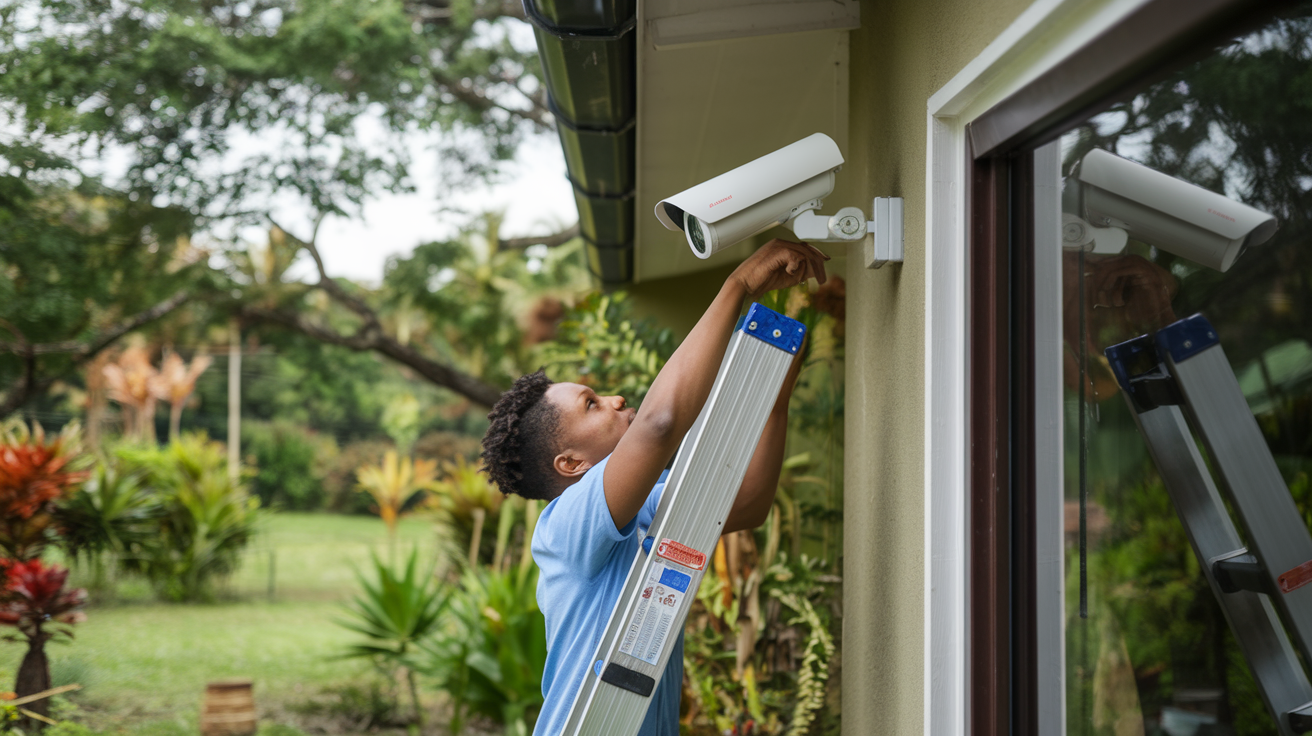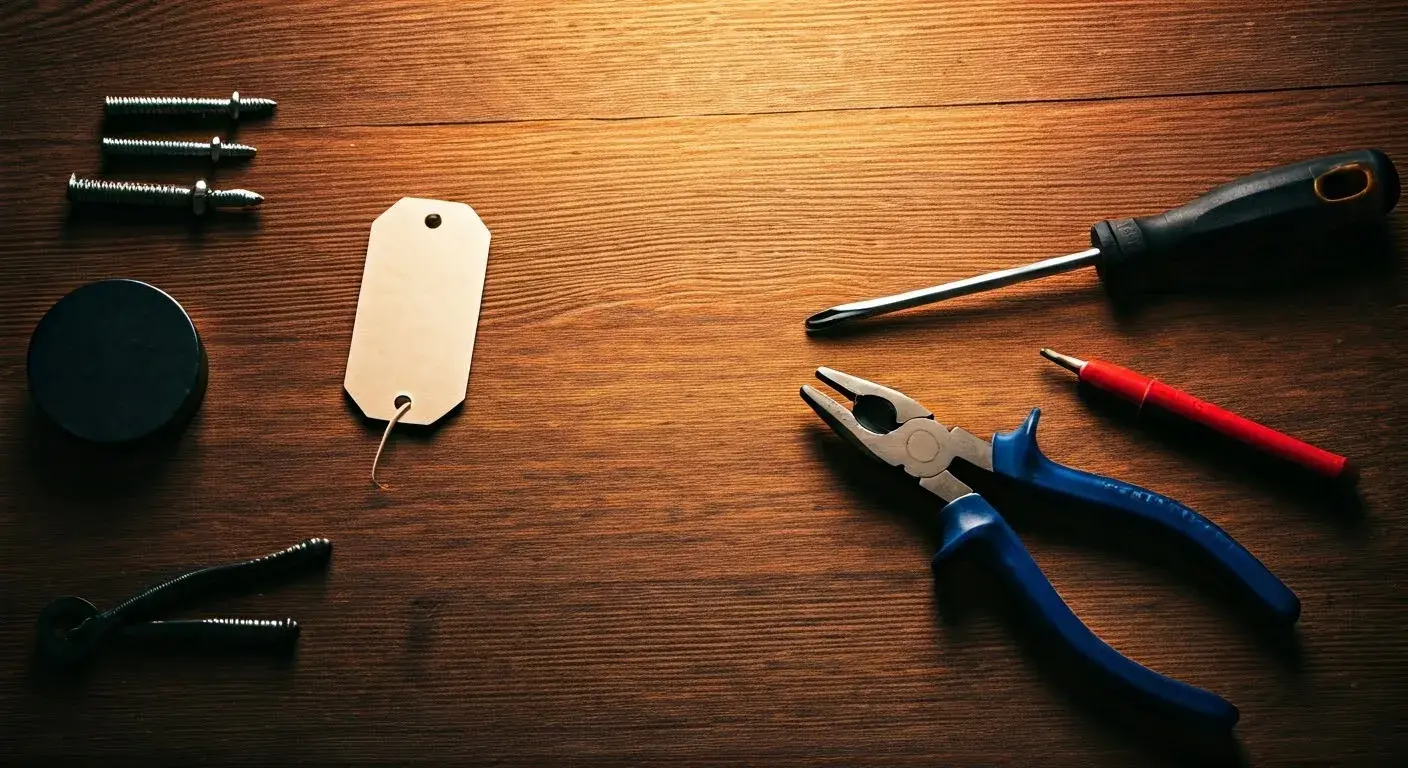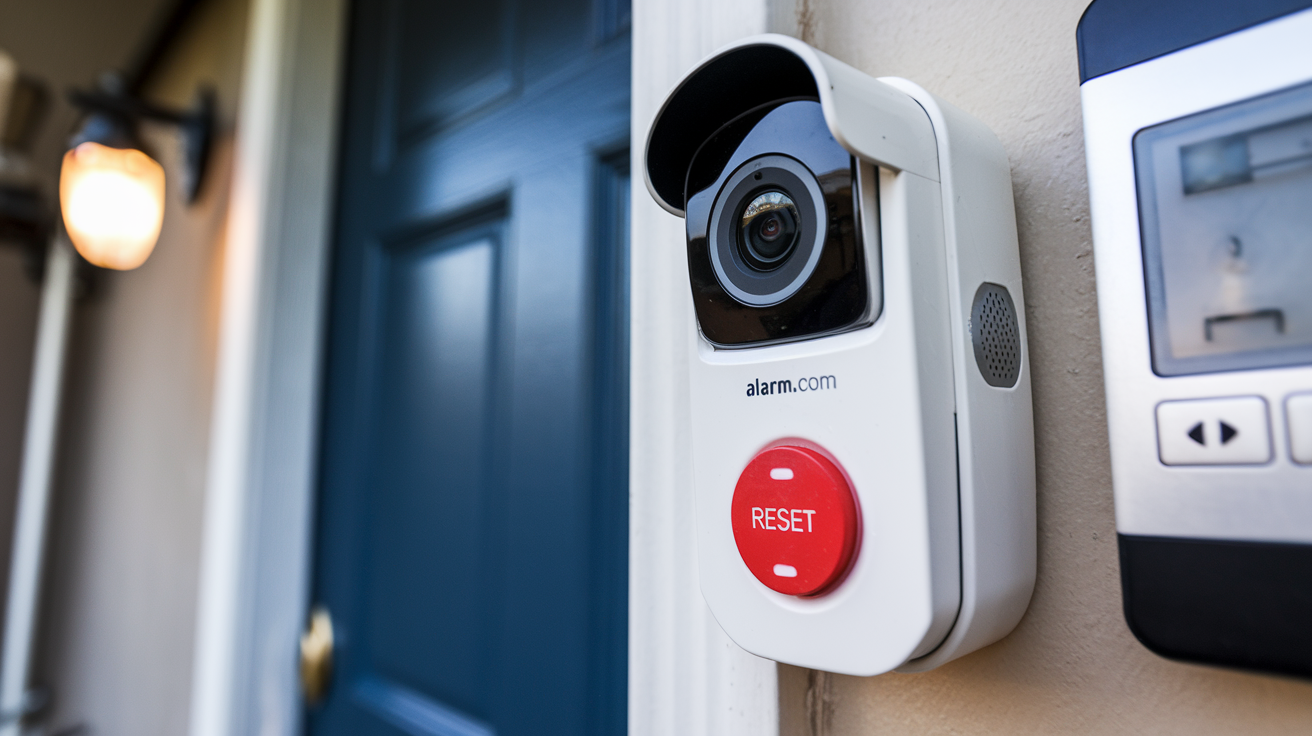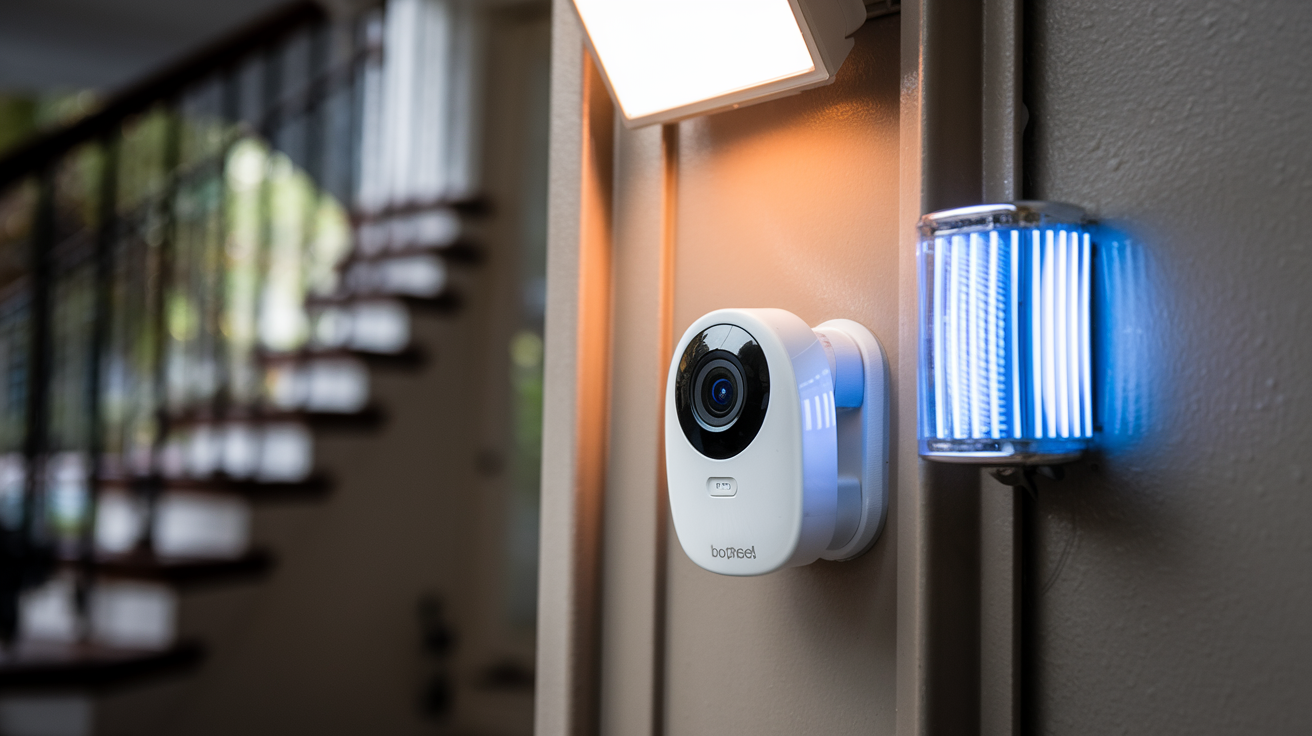Having a Home Security System is among the best ways of preventing theft and ensuring the safety of your house. When it comes to contemporary alarm systems they are relatively cheap, simple to install and it is possible to find them equipped with some interesting functions. This guide will provide a brief overview of selecting, buying, and installing the do-it-yourself home security system.
Assess Your Needs Some factors you need to consider in an alarm system:
- Home size: Big homes will require more sensors and parts than small homes. Take measurements of the rooms that you will be using to guarantee that you acquire adequate equipment.
- Doors and windows: Include all doors and windows because each of them requires a sensor. You should also think about second-story windows as a factor.
- Home Layout: Built-up homes may need more motion detectors and control panels. Molecular architecture requires more planning than simple ones.
- Desired features: Decide what is most important – cameras, smart home, CO detection, etc.
- Budget: The cost of home alarm systems varies widely. It is important to set a budget before starting since this will determine the best system one can afford.
- Monitoring: Determine if you would like professional monitoring. This activates a police or emergency service if it gets tripped by the alarm. It attracts extra monthly charges.
Knowing your needs, one can choose the right system for the house.
Purchase Components In a home alarm system basic components include the control panel, the keypad, sensors, and other accessories such as cameras, smoke detectors, and panic buttons. When it comes to DIY alarm systems, some packages are already set up and include all the necessary components.
Another thing to consider when reviewing kits is to ensure that you have enough sensors and components to cover your house. Also, try to find systems that are wireless, easy to install, come with clear instructions, and can be installed without the use of tools or screws. SimpliSafe, Ring, and Nest are some of the most popular brands of alarm kits on the market.
Additional features that might be useful include smart alarm systems. These link to an application on your smartphone and allow you to arm, disarm, and monitor the system. Some even support voice assistants such as Alexa and offer features specific to the smart home ecosystem.
Mount the Control Panel It is the central hub that manages the entire operation of your alarm system. It controls all the system components, initiates alarms, and interacts with the monitoring center.
Good locations to mount the control panel include:
- Close to the main entrance of the house
- In an open area or hallway
- On the basement wall or garage door opening
- Beyond the reach of unauthorized users
Ideally, install it at around four to five feet from the ground with access to power outlets. Employ the included hardware to firmly affix the control panel on the wall by screwing in the pre-drilled holes. If you have a wireless system, ensure that it is mounted at a place with a good internet connection from the wi-fi.
Put Sensors on the Doors and Windows Most doors and windows are fitted with sensors that notify your alarm system when they have been opened. They are simply mounted at entry points and begin recording movement as soon as the device is activated.
First, identify what type of sensors are provided with the kit you have chosen for your vehicle. Common sensor varieties include:
- Magnetic contact sensors: Triggered when the magnet moves away from the sensor. Easy self-install.
- Motion sensors: Sounds an alarm when movement is detected across the path of the sensor. Requires strategic room placement.
- Glass break sensors: The first one listens for the frequency of shattering glass before sounding the alarm. No drilling is required.
Make sure you apply adequate sensors to incorporate all the doors leading to the outside and all the windows on the ground floor. Focus on possible points of access such as back doors, garages, sliding doors, and lower-level windows.
Secure the mount of the sensors as per the manufacturing recommendations and this could be done using adhesive strips or screws. Spend some time ensuring that the sensor and magnet parts are in the correct place when the door/window is shut. Check the sensors to confirm that the alarm is activated when the sensor is disconnected from the magnet.
If feasible one may consider installing additional sensors on the upstairs windows, the interior rooms, attics, and even the walls provided these are within the budget. More sensors are always better because it leads to fewer security threats.
Place Other Components To ensure effective security, other parts of the security system such as keypads, panic buttons, motion detectors, cameras, and smoke/CO detectors should be installed as well.
Keypads enable you to activate and deactivate the system from inside the house, without needing a code. They are installed on interior walls close to entries similar to the control panel.
Panic buttons sit on the nightstand to request medical, fire, or police aid if you cannot access the keypad.
Sensors for motion installation in areas that are not visible to any door/window through which an intruder can gain entry unnoticed. Various models are capable of sensing motion from a distance of up to 20-30 feet.
Security cameras indoor and outdoor security cameras enable you to observe what is happening. Point cameras towards potential target zones such as backyards, alleys, driveways, and porches.
Last but not least, integration with fire, flood, temperature, and carbon monoxide sensors increases protection from environmental hazards. Place these detectors based on general fire safety regulations.
Setup and Configuration After all the hardware is set in proper positions, you can then switch on and set your components accordingly. Use this link to view detailed guidance on activation, pairing, and set up for your unit |
Common steps include:
- Insert batteries/power on devices
- Accompany sensors and accessories with the control panel
- Adjust alarm sensitivities
- Establish wi-fi connectivity
- Create user codes/passwords
- Create alerts and monitor response to alarms
- Integrate with phone apps and voice assistants
- Check all the trigger mechanisms on the doors and the motion sensors.
Although it may take a considerable amount of time to set up this system, once it is fully set up, the do-it-yourself security system will offer dependable and flexible protection. Sustain it by performing tests on the parts at least one time a month and replacing the batteries/power when necessary.
Achieve Peace of Mind Professionally installed systems will set you back by thousands. DIY kits enable one to save a lot of money with just a small amount of time used in the process. Using the available technology in alarm systems and assessing the needs of your home, you can prevent burglaries and intensify your home. Using the acquired knowledge of security measures, you are going to sleep tighter at night.
Protect your home today with ADT’s top-rated security solutions!
Call now at +1 877-470-7879 to get a free consultation and find out how you can secure your home with the best in the business. Don’t wait—ensure your peace of mind with ADT!







